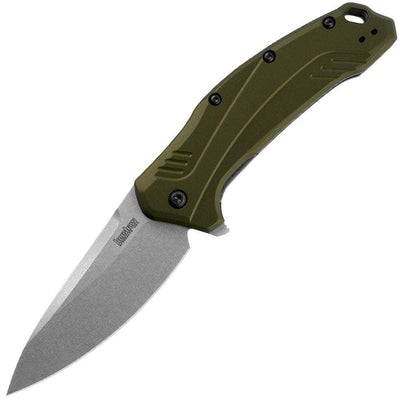Your cart is empty.
How to Teach a Knife Skills to Kids and Toddlers
The importance of teaching kids knife skills cannot be understated. Knives have become a taboo subject among children because of their dangers, but knives are also present in our daily lives, whether in the kitchen or at a job site.
The more knowledgeable children are about knives and knife safety, the less likely they are to use them inappropriately or dangerously. If you're interested in teaching your child how to use a knife, here are some tips you should remember.
Explain the importance of being responsible with a knife
Before a child ever touches a knife, they should understand the responsibility and dangers that come with a knife. They should not be afraid of it, but should recognize its potential for injuring someone. By establishing the mentality that knives should never be used to hurt anyone, you can create a foundation for knife safety in your child's mind that will stay with them for the rest of their lives.
Demonstrate to your child how to hold the knife
An important next step in teaching your child how to use a knife is demonstrating how to hold it. Regardless of whether you're teaching them how to hold a kitchen knife or a pocket knife, there are some crucial basics. Teach them to firmly hold the knife by its grip, only cut away from their body and never cut something when they're holding it in their hand. Holding a knife firmly by its blade prevents it from accidentally slipping out of their hand.
Indicate how they should walk with a knife
Most children learn that the best way to carry scissors is to hold them away from the body and never run with them in their hands. These same rules apply to knives. Children should always firmly hold the knife by its grip and walk with it facing away from themselves, especially if they're outdoors where they might fall. They should also be conscious of other people around them.
Describe the dangers of using a dull knife
Though it may be tempting to have a child use a dull knife rather than a sharp one, it could potentially be more dangerous. Dull knives need a lot of pressure to cut something, so they're more likely to slip out of their hands and injure somebody. Whenever a child's knife is dull, they should always give it to an adult to sharpen.
Show them how to curl their fingers when cutting
Fingers are at the biggest risk of being cut whenever anyone uses a knife. Children should be aware of this, so they are more careful around their fingers. The best way to hold something down when cutting it, especially in the kitchen, is to curl the fingers away from the knife. This method is very effective in preventing cuts.
Teach them how to clean and store knives
The maintenance of a knife is essential to ensuring its longevity. Children should understand the delicacies and vulnerabilities of knife blades, such as their potential for rust, discoloration and dullness. By properly caring for knives, they will last much longer and stave off corrosion.
If you need a new set of knives or knife accessories, we carry a large variety of knives for sale. All our knives are covered by a 30-day 100% money-back guarantee, so you can buy with confidence.



















